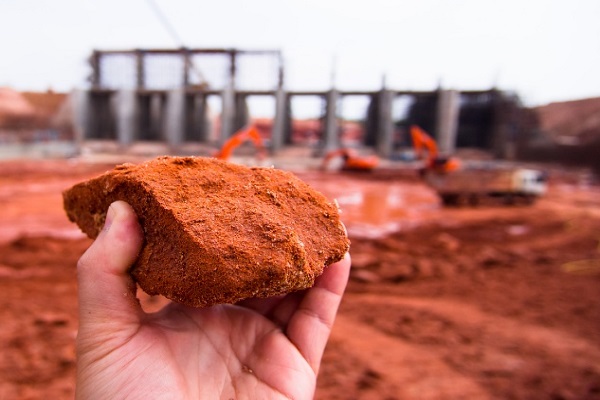1. The formation of the chemical composition of natural waters.
2. Water as solvent for the Earth's crust mineral complex.
3. Chemical processes and interactions with rock, soil, organisms and atmosphere.
4. State in solution and their stability, as well as sorption, exchange and oxidation-reduction processes.
5. General issues of the cycle of substances and the migration of elements in the hydrosphere.
6. Chemical composition of natural waters.
7. Hydrochemical cycle of certain forms of natural waters and their dependence on the geographical conditions of the surrounding environment.
8. The chemistry of rivers and lakes.
9. The Chemistry of the Sea.
10. The chemistry of groundwater and atmospheric waters.
11. Principles of field water sampling and sampling and analytical methods used in hydrogeochemistry.
12. Spectroscopic methods.
13. Chromatographic methods.
14. Polarographic and other physics-chemical methods.
2. Water as solvent for the Earth's crust mineral complex.
3. Chemical processes and interactions with rock, soil, organisms and atmosphere.
4. State in solution and their stability, as well as sorption, exchange and oxidation-reduction processes.
5. General issues of the cycle of substances and the migration of elements in the hydrosphere.
6. Chemical composition of natural waters.
7. Hydrochemical cycle of certain forms of natural waters and their dependence on the geographical conditions of the surrounding environment.
8. The chemistry of rivers and lakes.
9. The Chemistry of the Sea.
10. The chemistry of groundwater and atmospheric waters.
11. Principles of field water sampling and sampling and analytical methods used in hydrogeochemistry.
12. Spectroscopic methods.
13. Chromatographic methods.
14. Polarographic and other physics-chemical methods.
